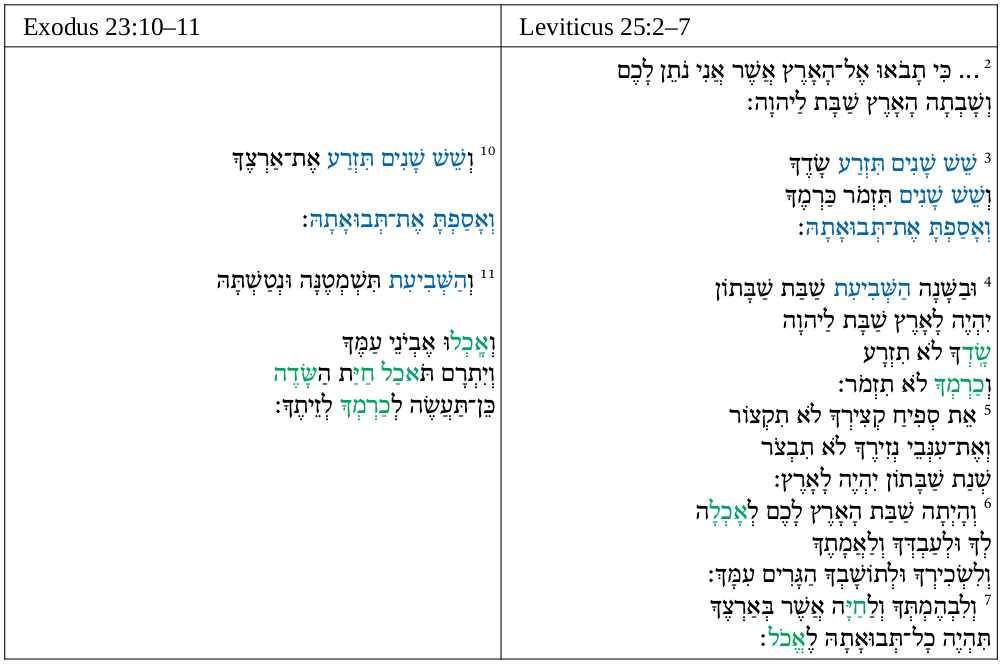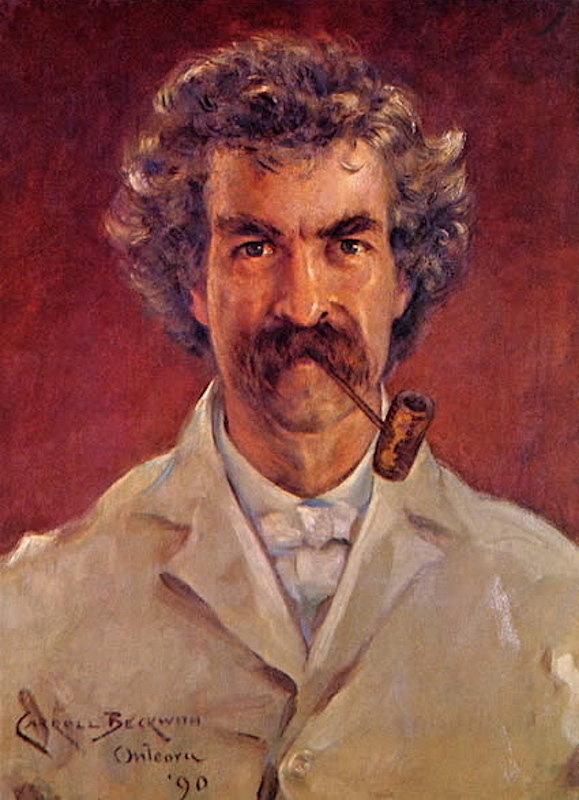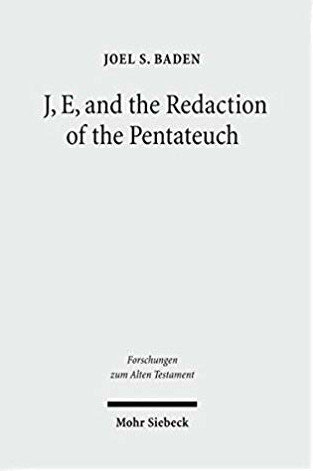Source Criticism
and Inner-Biblical Exegesis

ARTAXERXES TODAY
Why Bother?
1. Sabbath Text Placement
19/43 Sabbath texts are in the Pentateuch
2. Literary Reuse

3. Thematic Unity & Independence
Independence often assumed
Source criticism can also push texts together that seem thematically disparate
“The report of my death was an exaggeration.”

Source Criticism
Umberto Cassuto's
“Five Pillars”
- Names of God
- Variations in Language & Style
- Contradictions & Divergences in View
- Repetitions & Doublets
- Signs of a Composite Structure
Joel Baden's Riposte
- Wellhausen's History of Israel is a mistaken reconstruction. We're doing something literary not historical/religious/cultural.
- The basis of identifying sources was mistaken. One feature justifies source division: narrative consistency and coherence.
- The idea that all the sources were telling the same story was mistaken. We allow sources to differ and rely on internal evidence for divisions.
- Multiplying redactors was mistaken. We propose an Ockham's redactor.
A Literary Explanation
The Documentary Hypothesis exists and functions as a literary explanation for the conflicting phenomena of the Pentateuch, one which takes into account and values the contradictions and the continuities evident in the text. (p. 2)

Sabbath & Source Criticism
Exod 16:23, 35
Gen 2:1–3 //
Exod 20:8–11
Lev 19:30, 26:2 // Ezek 23:38
Questions within the text
Questions about whether a relationship exists
Questions about what type of relationship exists
An H Text?
Exod 31:12–17
שַׁבָּתֹון
Sign of an Eternal Covenant
Creation
Deut 15:1–18
Exod 23:10–11
Lev 25:1–7
(Exod 21:1–6)
Is there literary dependence?
In what direction?
